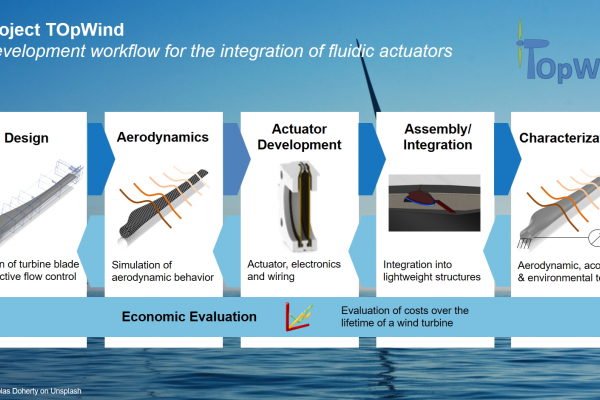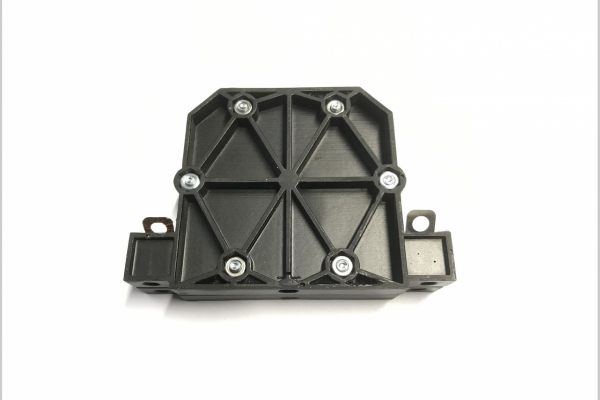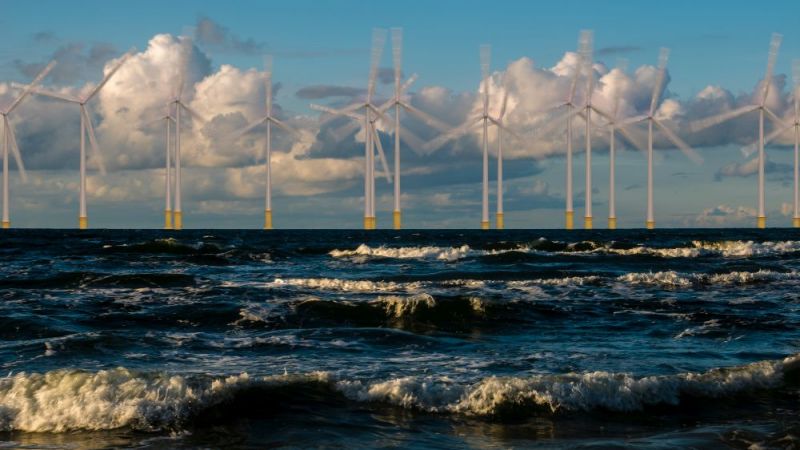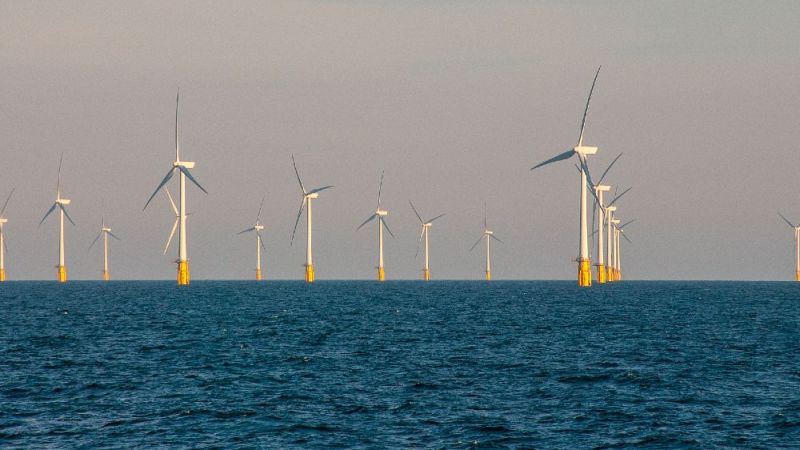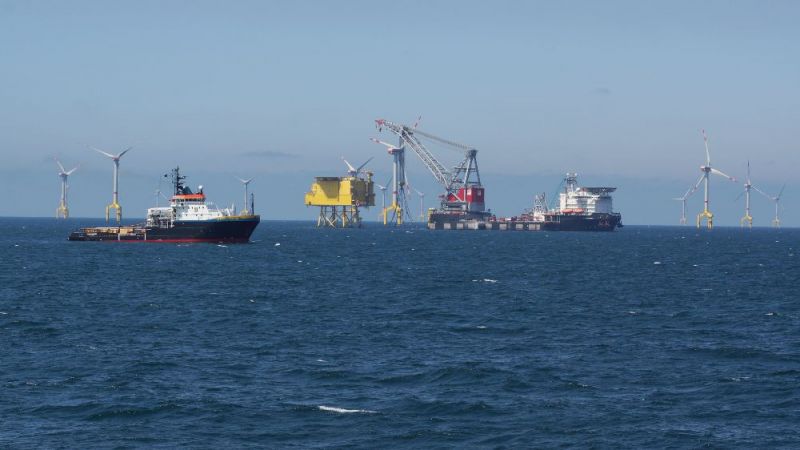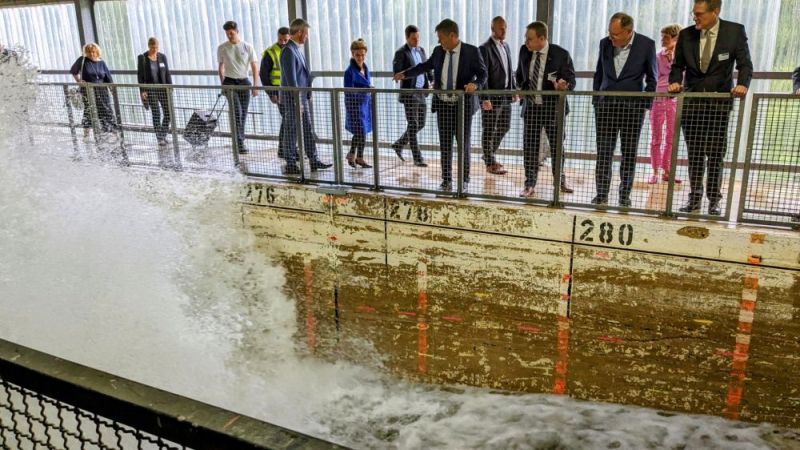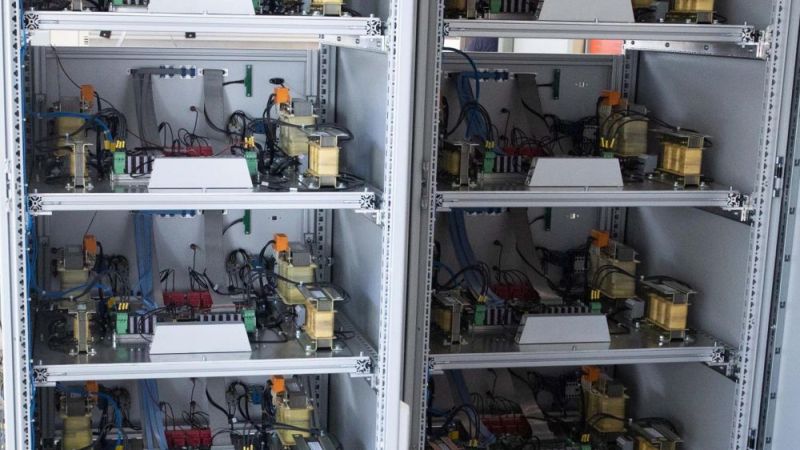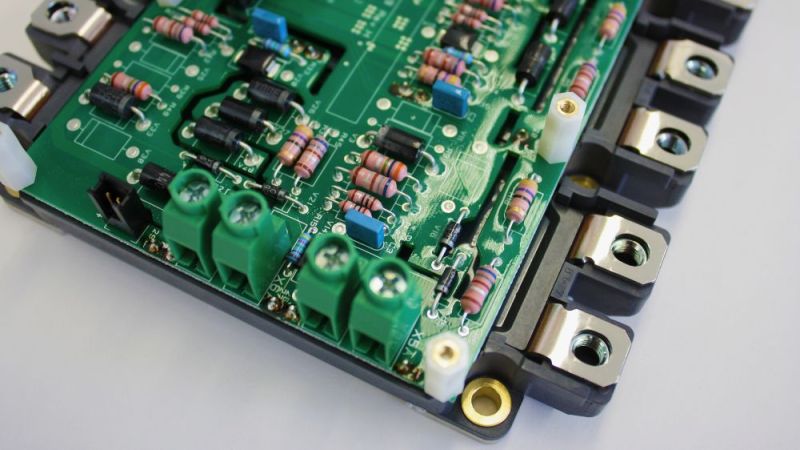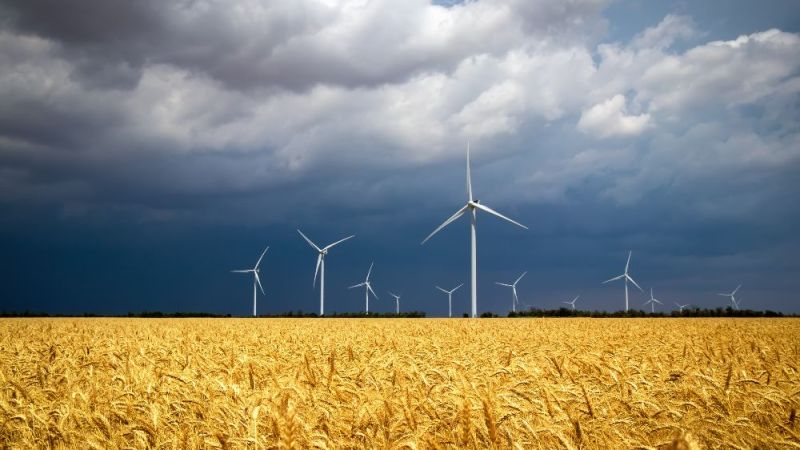Wind power
Intelligent control of rotor blade aerodynamics
The rotor blades of wind turbines are exposed to continuously varying wind strengths and turbulence. These constantly changing stresses must be individually compensated for each rotor blade. Until now, this has been done by adjusting the pitch angle to the current situation. However, this method is not suitable for large rotor blade diameters. The project partners in the TOpWind research partnership are therefore developing intelligent elements that are locally integrated into the rotor blades. These can react quickly to flow changes. The aim is to improve the energy yields of the wind turbine and reduce sound emissions.
Reacting to aerodynamic loads
The size of wind turbines is constantly increasing and rotor blade diameters of over 120 metres on land and over 160 metres at sea present major aerodynamic and aeroacoustic challenges. The direction and speed of the wind can change suddenly and at any time. This process, known as wind shear, occurs when two immediately adjacent layers of air, which have different properties, flow past each other. This causes large forces to act on the rotor blades. Previous approaches focused on controlling these stresses individually via the pitch angle, which involves adjusting the pitch of each rotor blade (Individual Pitch Control (IPC)). This solution did not prove successful for the new large rotor diameters, despite the lighter construction of the rotor blades. Active flow control offers an interesting alternative to individual pitch control. Intelligent elements integrated locally into the rotor blades react directly to flow changes. In the future, they may allow the use of lighter and even longer blades. This is where the project TOpWind, short for "Technological and economic consideration of the application of active flow control to optimise the wind yield of wind turbines", comes in.
Actively influence flows on the rotor blade
Scientists are testing how innovative fluidic actuators, meaning actuators that use liquid or gaseous media, can be used to alter the aerodynamics of the rotor blade. This is done by using actuators that add an additional momentum to the flow at the blade surface by means of targeted pulsed air injection, thereby influencing the boundary layer between the rotor blade and the environment. Fluidic actuators have so far mainly been used in aviation. Early investigations on rotor blades have shown that active and controlled flow via fluidic actuators is a promising technology. It can significantly improve the aerodynamic and aeroacoustic situation of wind turbines.
Testing in a wind tunnel
Further investigations with the first rotor blade prototypes are carried out in two different wind tunnels in Braunschweig. Here, the scientists are investigating the actuator concept with regard to the acoustic properties on a rotor blade model. They also characterise the aerodynamic properties of the actuators in a low-speed wind tunnel.
The findings from the wind tunnel tests should show whether the final fluid actuator system is technically and economically feasible. The project teams expect the first results at the end of 2020.
Last updated: 16.07.2020
Technische Universität Chemnitz, Fakultät für Maschinenbau, IST
marco.walther@mb.tu-chemnitz.de
Deutsches Zentrum für Luft- und Raumfahrt e. V. (DLR)
Siemens Gamesa Renewable Energy GmbH & Co. KG
INVENT GmbH
ALTRAN Deutschland S.A.S & Co. KG, Standort Hamburg
IBK Innovation GmbH & Co. KG
gabriel.graumann@ibk-innovation.de
The smart system solution GmbH


